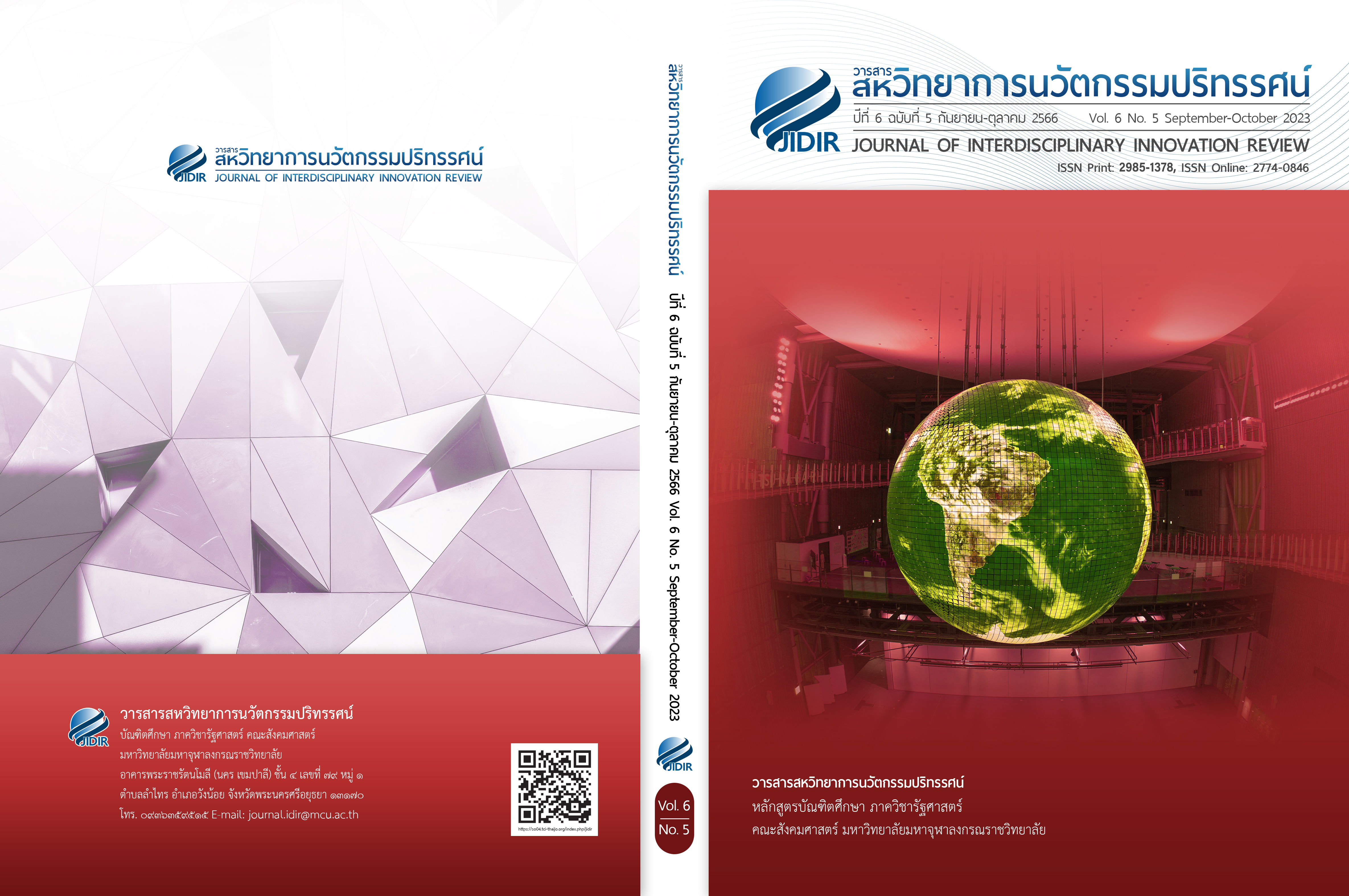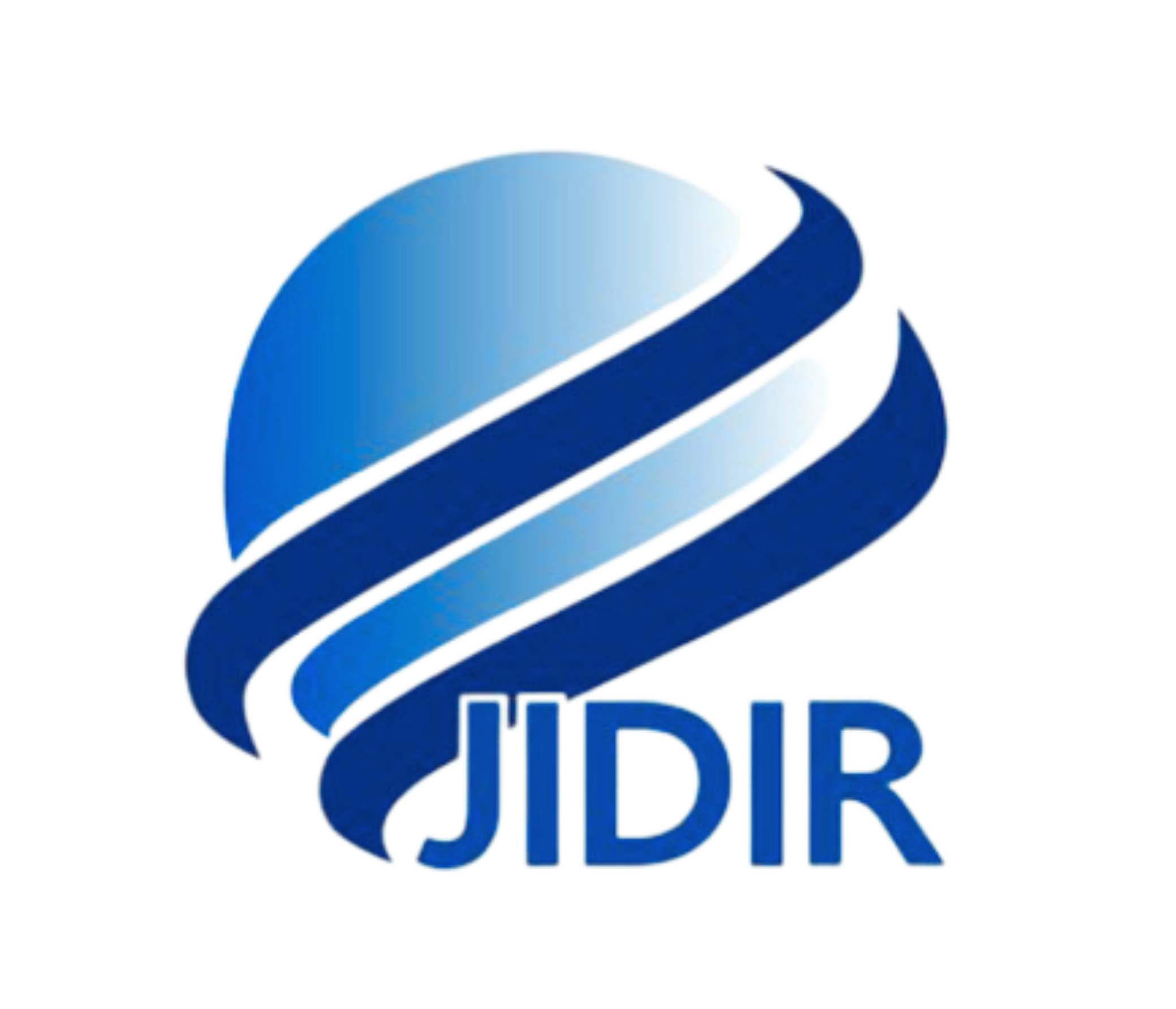THE DEVELOPMENT OF CONTEXT BASED LEARNING ACTIVITIES CO-OPERATING WHITH POLYAS PROCESSES FOR MATHEMATICS PROBLEM SOLVING ABILITY REGARDING RATIO, PROPORTION AND PERCENTAGE FOR MATHAYOMSUKSA 1 STUDENTS
Keywords:
Context Based, Polyas Processes, Mathematics Problem Solving AbilityAbstract
This research article aimed to 1. Create and determine the efficiency of context-based learning management with the polyas process, which was in line with the 75/75 criteria 2. Compare student's mathematics problem-solving competency before and after the implementation of the process 75 percentage and 3. Study satisfaction of students on learning, conducted by research and develop. The instruments employed to collect data were lesson plans, tests, and satisfaction tests. The samples of this research consisted of Mathayomsuksa 1 in Phichitpittayakom School. Derived from the populations by simple random sampling, classroom was chosen by cluster random sampling. The collected data were analyzed by percentage, mean, standard deviation, and t-test dependent.
The results showed that 1. The results of creating the 3 plans context-based learning management with the polyas process regarding ratio, proportion and percentage were appropriate at the highest level ( = 4.71, S.D. = 0.34), with an efficiency of 75.03/75.56, which was in line with the 75/75 criterion. 2. Students who learned by using context-based learning with the polyas process had higher ability to solve math problems than before. Besides, more than 75 percent with statistically significant level at 0.5. 3. The students’ satisfaction with the context-based learning management with the polyas process was at the highest level (
= 4.57, S.D. = 0.64).
References
กระทรวงศึกษาธิการ. (2560). ตัวชี้วัดและสาระการเรียนรู้แกนกลางกลุ่มสาระการเรียนรู้คณิตศาสตร์ (ฉบับปรับปรุง พ.ศ. 2560) ตามหลักสูตรแกนกลางการศึกษาขั้นพื้นฐาน พุทธศักราช 2551. กรุงเทพฯ: กระทรวงศึกษาธิการ.
คณิศร พานิช. (2563). การพัฒนาความสามารถในการแก้ปัญหาทางคณิตศาสตร์ โดยใช้กระบวนการแก้ปัญหาของโพลยา เรื่อง ร้อยละและอัตราสวน สำหรับนักเรียนชั้นประถมศึกษาปที่ 6 (วิทยานิพนธ์ปริญญามหาบัณฑิต สาขาคณิตศาสตร์ศึกษา). กรุงเทพฯ: มหาวิทยาลัยรามคําแหง.
ชัยยงค์ พรหมวงศ์. (2556). การทดสอบประสิทธิภาพสื่อหรือชุดการสอน. วารสารศิลปากรศึกษาศาสตร์วิจัย, 5(1), 7-20.
ทัณฑวัต ปานพุ่ม และชมนาด เชื้อสุวรรณ. (2560). ผลของการจัดการเรียนรู้โดยใช้บริบทเป็นฐานร่วมกับการเขียนบันทึกการเรียนรู้ เรื่องอัตราส่วน สัดส่วน และร้อยละ ที่มีต่อผลสัมฤทธิ์ทางการเรียนคณิตศาสตร์และความสุขในการเรียนของนักเรียนระดับประกาศนียบัตรวิชาชีพชั้นปีที่ 1 วิทยาลัยพณิชยการธนบุรี. วารสารวิทยาลัยนครราชสีมา, 11(2), 105-108.
พลอยไพริน ศิริพัฒน์. (2562). การพัฒนาผลสัมฤทธิ์ทางการเรียนในการแก้โจทย์ปัญหา เรื่อง การประยุกต์ของสมการเชิงเส้นตัวแปรเดียว ของนักเรียนชั้นมัธยมศึกษาปีที่ 2 โดยใช้รูปแบบการแก้โจทย์ปัญหาตามแนวคิดของโพลยา. วารสารวิทยาศาสตร์และวิทยาศาสตร์ศึกษา, 2(1), 23-33.
วิทวัส หมูคำ. (2560). การพัฒนาความสามารถในการแก้ปัญหาทางคณิตศาสตร์เรื่อง การประยุกต์ของสมการเชิงเส้นตัวแปรเดียว ของนักเรียนชั้นมัธยมศึกษาปีที่ 2 โดยใช้วิธีการแก้โจทย์ปัญหาของโพลยา โรงเรียนบ้านตาก “ประชาวิทยาคาร” (วิทยานิพนธ์ปริญญามหาบัณฑิต สาขาวิชาคณิตศาสตร์). กำแพงเพชร: มหาวิทยาลัยราชภัฏกำแพงเพชรกำแพงเพชร.
Crawford, M. L. (2001). Teaching contextually: Research, rationale, and techniques for improving student motivation and achievement in mathematics and science. Texas: CCI Publishing.
Darkwah, V.A. (2006). Undergraduate nursing student’level of thinking and self–efficacy in patient education in Context-based learning Program. Dissertation M.N. (Nursing) Alberta: Faculty of Nursing, University of Alberta. Canada.
Polya, G. (1957). How to Solve It. New York Management. New: John Wiley and Sons, Inc.
Downloads
Published
How to Cite
Issue
Section
License
Copyright (c) 2023 Journal of Interdisciplinary Innovation Review

This work is licensed under a Creative Commons Attribution-NonCommercial-NoDerivatives 4.0 International License.
In order to conform the copyright law, all article authors must sign the consignment agreement to transfer the copyright to the Journal including the finally revised original articles. Besides, the article authors must declare that the articles will be printed in only the Journal of interdisciplinary Innovation Review. If there are pictures, tables or contents that were printed before, the article authors must receive permission from the authors in writing and show the evidence to the editor before the article is printed. If it does not conform to the set criteria, the editor will remove the article from the Journal without any exceptions.





